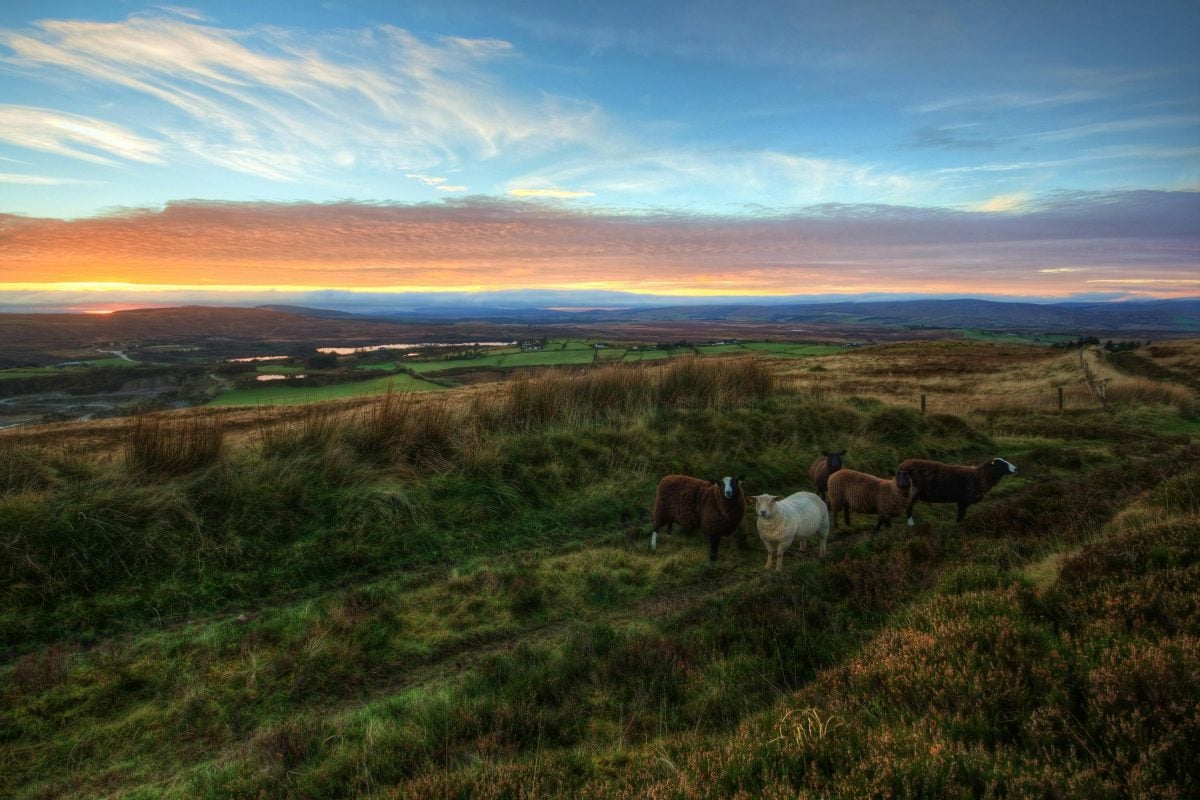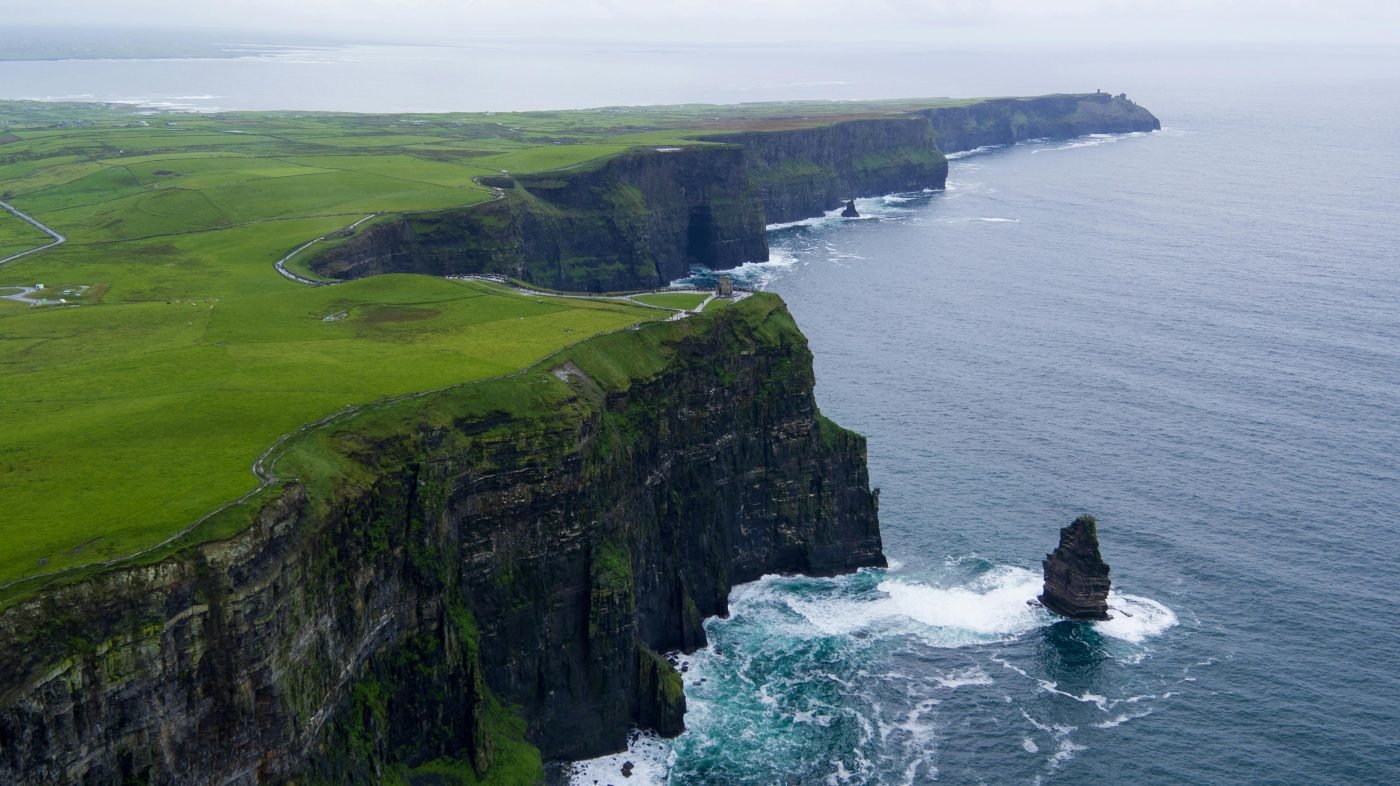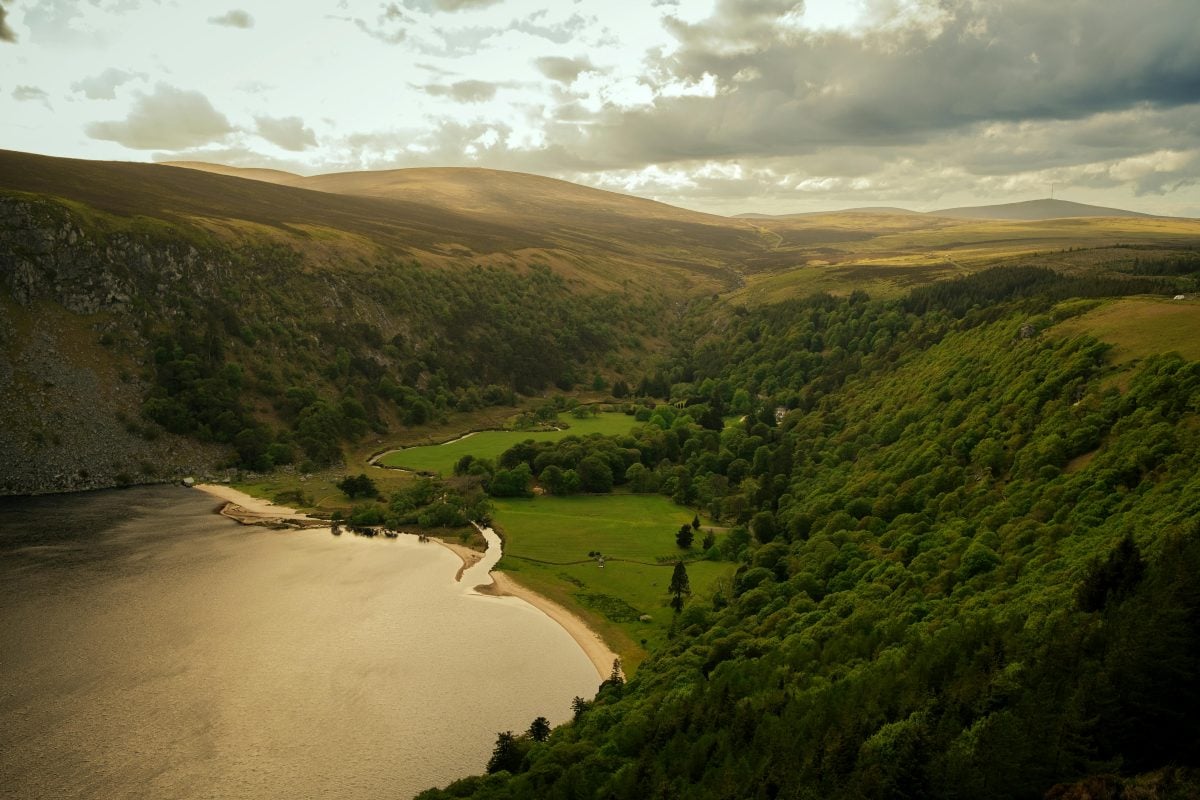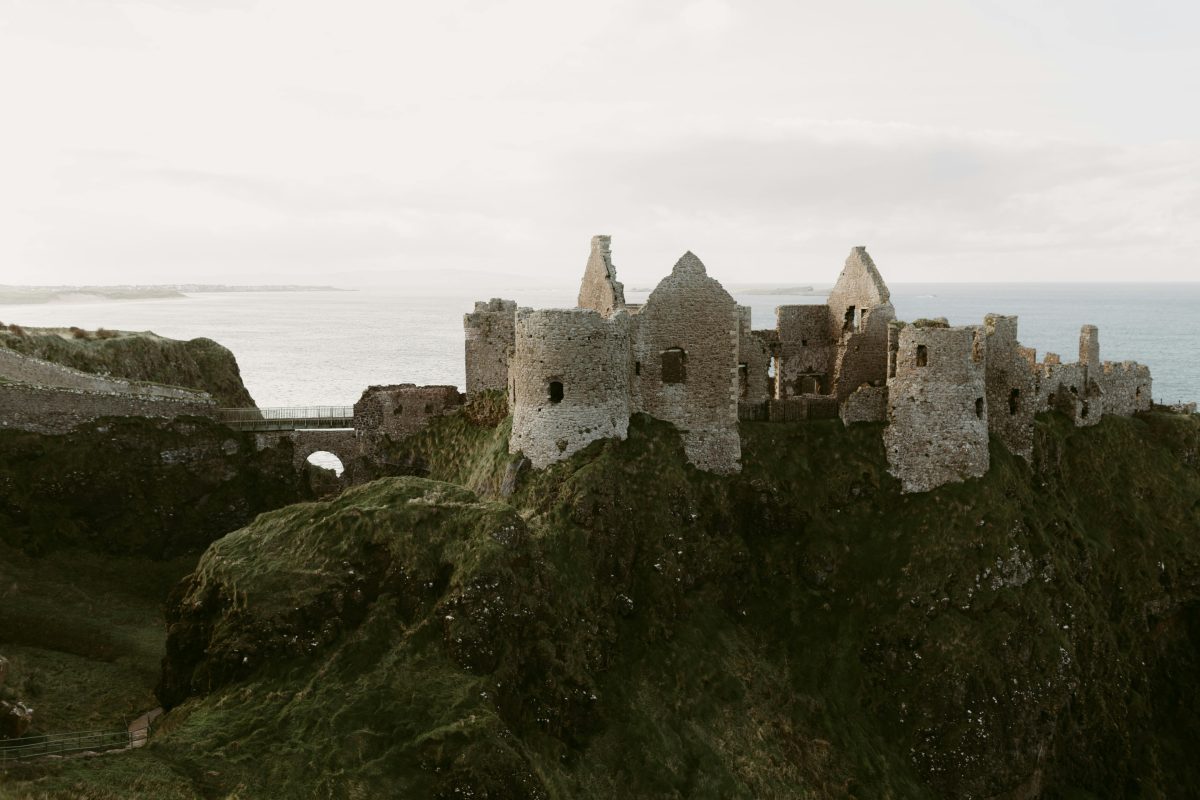How a Letter from a Dying Father in New York Changed the Destiny of an Irish Family Forever
Estimated reading time: 5 minutes
Key Takeaways
- The heartfelt letter of a father can profoundly influence a family’s future.
- The connections of the Irish diaspora reach across generations and borders.
- Family heritage and identity continue to shape lives today.
Table of Contents
Introduction
The Heart of the Story
The Wider Echo
The Now & The Next
Did You Know?
FAQs
Final Word
Introduction
In the rough, bustling streets of New York in the mid-20th century, amidst the clattering of industry and the dreams of emerald shores, a father’s fading heartbeat throbbed against the ticking clock of life. This isn’t just a tale of a letter; it’s a vessel of longing, a lifeline threaded through generations, marking a family’s trajectory forever altered by the wistful words of a dying man. It’s the story of the Mannions, who gathered the strength to leave their past behind, find their roots, and ignite the flames of hope that hungered for survival.
The Heart of the Story
In the late 1950s, Antrim was a landscape painted with the hues of quiet desperation and rural love. Pigeon-holed in the dewy embrace of the Glens, young Martin Mannion felt the weight of his father’s discontent. Michael Mannion, driven by ambition, had moved his family to New York in pursuit of a brighter future. Yet, as years rolled by like a relentless tide, the dreams began to dissolve into the backing track of loneliness and despair. In his last moments, Michael penned a letter — not just a farewell, but an apology, a plea to remember their roots in Antrim. It urged his children to find each other, to tether their lives to the soil of their ancestors and weave their history into the tapestries of their new world.
The Wider Echo
This letter unfolded like the map of Ireland itself, intricately revealing how the diaspora connects and severs ties with home. Thousands of Irish families scattered across the globe still grapple with these threads of memory — the longing for a land they never truly left behind, the weight of history lurking in their blood. As economist and author Dr. Hugh O’Donnell aptly noted, “At least one in three people in Ireland today can trace their ancestry through migration.” Michael Mannion’s words remind us that family isn’t defined merely by blood but by the stories that bind us and the values we carry fiercely into the future.
The Now & The Next
Today, the Mannions, like many Irish families, navigate through the complexities of identity, grappling with a housing crisis that echoes their father’s struggles. Their children bloom in Brooklyn with an Antrim dream and an American cadence, humming songs of the Troubles, of faerie rings, and GAA matches remembered from their parents’ tales. The struggles may have changed forms, but the spirit remains unchanged. In every worn photograph and every GAA jersey, a reminder of their Irishness shines through — a testament to survival through love and loss, promise and purpose. It’s a legacy, passionately fought for, and yet earned through the quiet courage echoing from letter to heart.
Did You Know?
- Over 70 million people worldwide claim Irish ancestry, making Ireland’s diaspora one of the most widespread.
- In the 1950s, significant numbers of Irish emigrated to America due to economic hardship, seeking opportunity and stability for their families.
FAQs
What impact did letters sent home have on Irish emigrants?
Letters served as emotional lifelines, providing connection between families across oceans. They often contained advice, love, and news, fostering a sense of community even when physically apart. The Mannions were no different; their letter reshaped their understanding of family heritage.
How did the Irish diaspora influence American culture?
The Irish diaspora has left an indelible mark on American culture — from music and literature to politics and sports. Celebrations like St. Patrick’s Day have become emblematic of Irish American pride, directly influencing how Irish identity is expressed in the U.S.
Final Word
So here we are, just a few scattered hearts bound by timeless words from a fading hand — the legacy of love, loss, and an unquenchable thirst for belonging. As every Irish story we share becomes a light for another, remember: it’s not just about where you come from, but about how you carry your home with you.
If you carry the same pride we do, you’ll find a piece of home waiting at
HubIrish.com.










